the search
Germany
Aachen, octagonal tower in Palatine Chapel
Carolingian
According to legend, Charlemagne the Frank was crowned Holy Roman Emperor in this hall in Aachen, or Aix-la-Chappelle. Given the ferocity with which the Franks sought freedom from Roman conquest and domination, however, it remains highly unlikely that Charles the Great would have submitted voluntarily to his ancestors’ arch-enemy.
Dargun Abbey, Mecklenburg
at least 12th century
Dargun Abbey features interior courtyard of multi-story galleries, typical of Frankish abbeys and castles.
Donnersberg ancient Celtic settlement site
Pre-Christian
Fortified town of same-size dwellings with forested hilltop shows no sign of outside royal residence.
Eberbach Abbey & wine cellar
medieval
Rhythmical, brightly-colored arches and windows adorn the courtyard of this abbey that sits just above the entry of the Rhine River onto the plains.
Eldena Kloster, Mecklenburg
12th century
Archways like these were commonly bricked in, presumably after imperial conquest, turning pavilions into enclosures.
Fulda, St. Michael’s Church crypt
& Vonderau Museum
Carolingian
Beneath what was probably a Celtic festival hall founded by Charlemagne, lie subterranean cellars, perhaps used for wine storage.
Glauberg Archaeological Park & Museum
late Hallstatt, early La Tène
Gold jewelry, coriander, bread-making – these are a few of the surprises from the ancient Celtic population here, now shared with the museum through excavations.
Heidelberg Museum of the Palatinate
Pre-Christian and medieval
This hill across the river from Heidelberg holds ancient Celtic burial grounds, many artifacts from which now form part of the local museum collection.
Heidengraben, Baden Württemberg
Pre-Christian ancient Celtic burial site
Hamlets like the one shown here apparently spread across hundreds of acres in this area. Only a small part is now being excavated.
Heuneburg, Celtic Museum
Pre-Christian
This festive hall belongs to the reconstructed fortified Iron Age village on the ridge over the Danube valley.
Hochdorf, Celtic Museum
Pre-Christian
Ceilings constructed with mathematical precision and aesthetics are one of the hallmarks of Celtic buildings, like this Iron Age example at Hochdorf.
Kornelimünster Abbey & fest hall
Carolingian
Colorful ribbing in the vaulting combine with natural motifs at the intersections to keep celebrants looking up in the original festive halls before conversion to churches.
Lorsch Abbey
Carolingian
Hexagons, diamonds and square tiles join with trompe-l’oeil pillars and archways in one of the abbeys founded by Charlemagne in the Odenwald.
Marburg Elizabethkirche, Hall-Church
Marburger Schloss (castle)
early medieval crossing of Cologne-Prague, North Sea to Alps routes
Transition from Celtic hall to Christian church can be detected here.
Mariaburg
From the highest point around, Mariaburg commands a view down the Mosel River. Burg is the German word for castle, and its location certainly indicates defensive placement.
Prüm Abbey
Carolingian
Rare surviving statue of female architect at an abbey from Charlemagne’s era, founded under his direction.
Speyer, Historical Museum of the Palatinate
Pre-Christian
Along with this spectacular golden hat, this museum contains a wealth of Celtic Iron Age artifacts garnered from excavations in the surrounding area.
Stuttgart, State Museum of Archaeology
Pre-Christian
Housed in a splendid old castle, this museum contains considerable golden Iron Age jewelry, gilded horns and other ornamentation.
Usedom, Stolpe Castle, Mecklenburg
plentiful Pre-Christian artifacts found in this area
Remarkable crafting in a castle, with nearby abbey and ferry dock.
Villingen Franziskanermuseum & site of tumulus excavation
Pre-Christian
Posts like these occur at other Celtic burial sites to mark the location. Finds from this site are on display at the museum.
Worms, Germany, Celtic “Borbetomagus,” on Rhine River, City Museum at the wall
Pre-Christian
A wealth of treasures await at the Worms in the museum located in the former Andreas Abbey. This city used to be the Burgundian capital.
Wysburg
Hard to find excavation, this site is valuable for its placards of archaeological information and the typically Celtic surrounds.






















